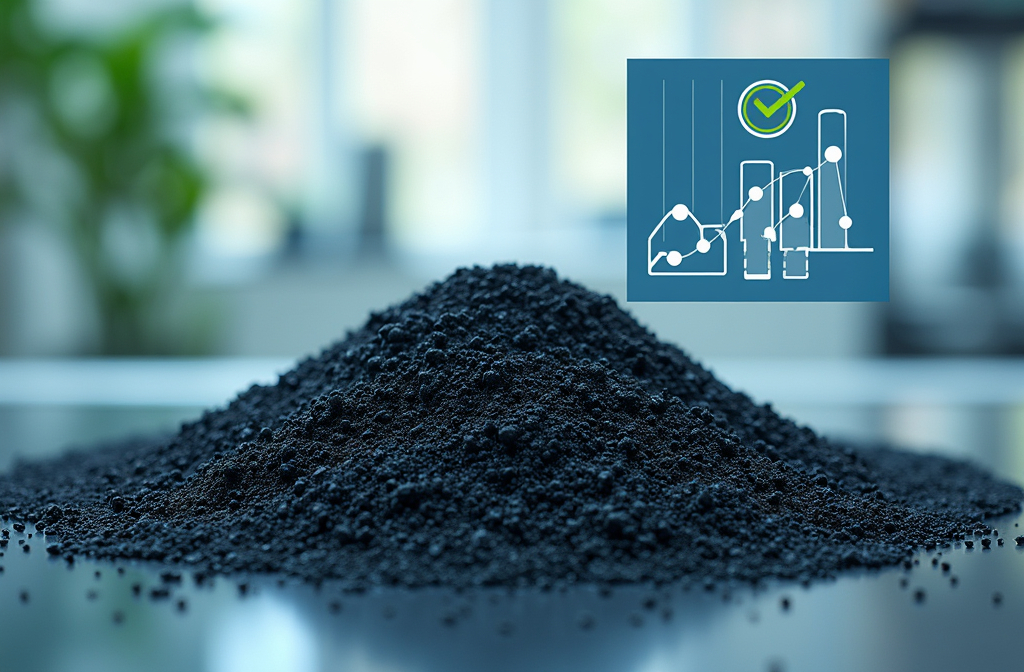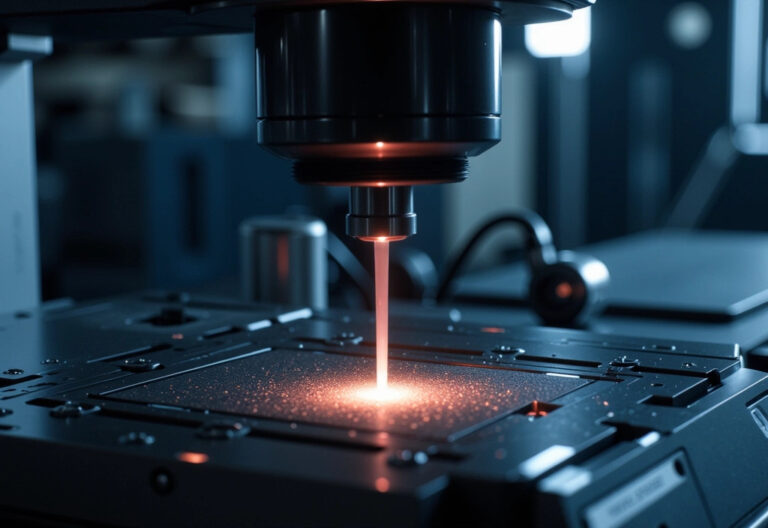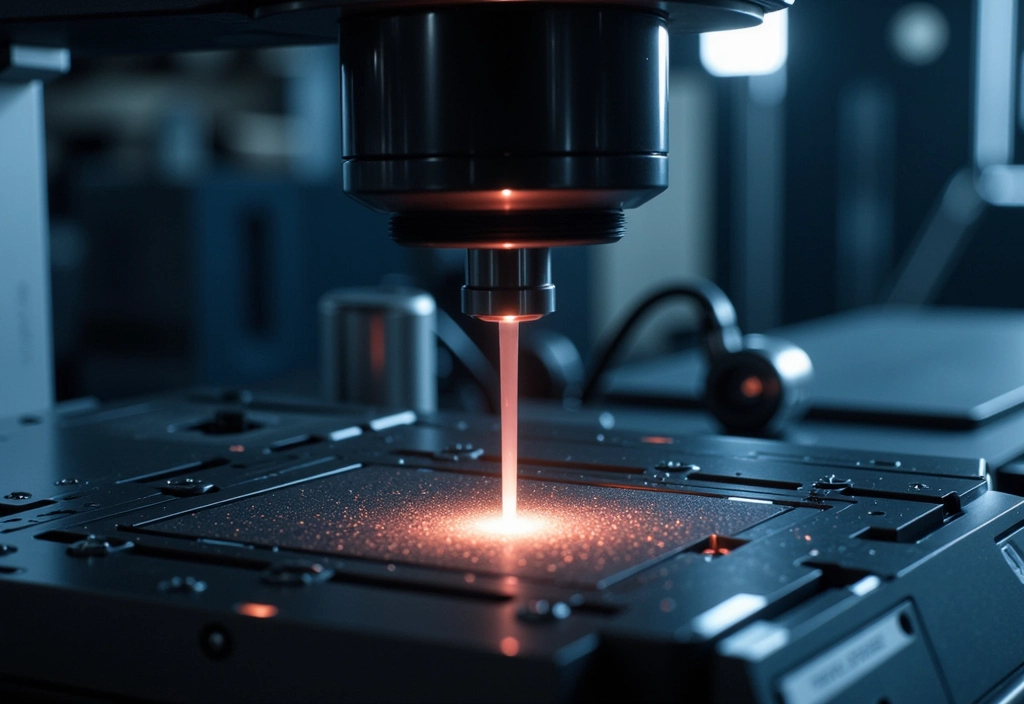Feng “Frank” Xiao, an associate professor at the University of Missouri, has led a team in discovering a groundbreaking method to remove “forever chemicals,” specifically per- and polyfluoroalkyls (PFAS), from drinking water. These chemicals are used in thousands of products, including cosmetics, non-stick cookware, and firefighting foams, but they pose serious health risks and persist in the environment for centuries.
The Problem of PFAS
Researchers have been working tirelessly to address the issue of PFAS for over a decade. Exposure to PFAS has been linked to decreased fertility, developmental delays in children, and an increased risk of certain cancers. For instance, communities near industrial sites have reported high levels of PFAS in their water supplies, highlighting the urgent need for effective removal methods.
The Breakthrough Method
Xiao’s team found a simple solution using common tools: they heat PFAS with granular activated carbon (GAC) at 572 degrees Fahrenheit. This process achieves a remarkable 90% mineralization of PFAS, breaking them down into harmless inorganic fluorine. Previously, such high levels of mineralization required much higher temperatures or solvents.
Key Benefits
- Cost-Effectiveness: Xiao’s team uses GAC, which is inexpensive and can be reheated multiple times, making it more cost-effective than methods like reverse osmosis.
- Sustainability: The process can be conducted locally with a regular furnace, reducing reliance on complex infrastructure.
- Local Scalability: Communities can implement this method without needing specialized equipment.
Potential Applications
This discovery is a significant breakthrough in managing PFAS-containing solid wastes and biosolids, which are major concerns for farmers and communities. For example, in regions like the Midwest, where herbicides and pharmaceuticals containing PFAS are common, this method can drastically reduce PFAS presence. Furthermore, it aligns with broader efforts to address PFAS contamination, complementing other technologies like thermal reactivation of spent activated carbon.
Conclusion
In conclusion, Xiao’s innovation represents a crucial step forward in environmental science. By using GAC and heat, communities can efficiently remove PFAS from water, improving public health and environmental safety. Consequently, this technology is exactly what is needed to tackle the challenge of “forever chemicals.” Ultimately, it offers hope for communities affected by environmental contamination and underscores the power of scientific collaboration in addressing pressing environmental challenges.
Check out the cool NewsWade Youtube Video about this article!
Article derived from:
- ATSDR. (n.d.). How PFAS Impacts Your Health. Retrieved from https://www.atsdr.cdc.gov/pfas/health-effects.html
- Minnesota Department of Health. (n.d.). Per- and polyfluoroalkyl substances (PFAS) and Health. Retrieved from https://www.health.state.mn.us/diseases/pfas/index.html
- TRC Companies. (n.d.). How Does PFAS Contamination Impact the Environment?. Retrieved from https://www.trccompanies.com/insights/pfas-contamination-environmental-impact/
- University of Missouri. (2025). Mizzou researchers discover simple solution to break down forever chemicals. Retrieved from https://showme.missouri.edu/2025/mizzou-researchers-discover-simple-solution-to-break-down-forever-chemicals/
- United States Geological Survey. (n.d.). Per- and Polyfluoroalkyl Substances (PFAS). Retrieved from https://www.usgs.gov/special-topics/water-quality/pfas
















